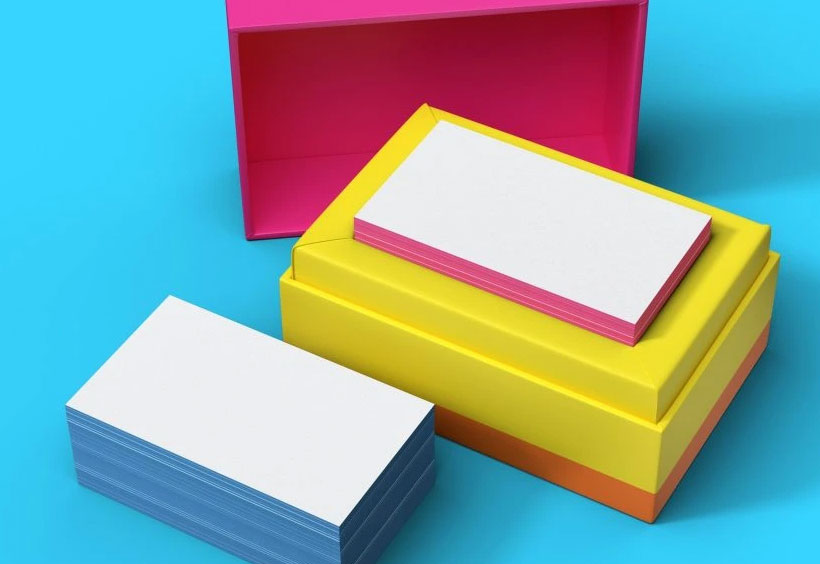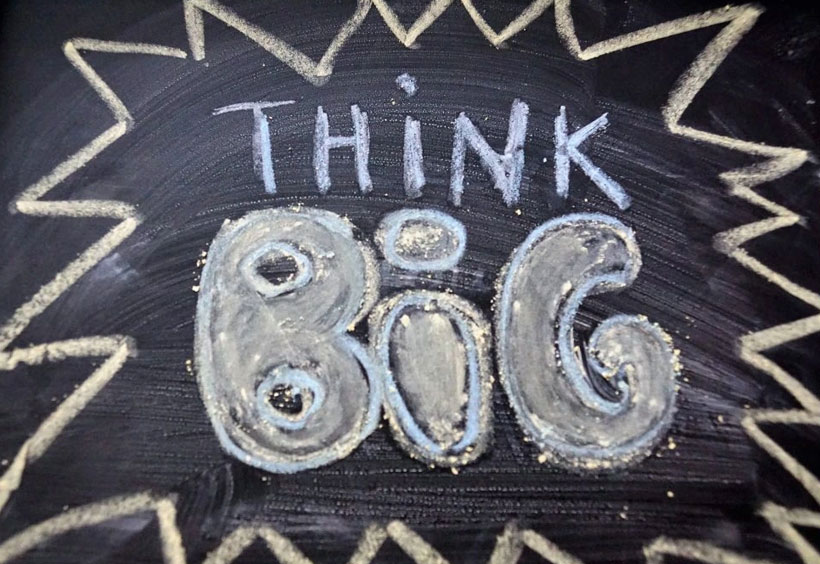Design Business Cards In Five Steps

In an increasingly digital age, one might assume that the era of business cards is long past. However, that couldn’t be further from the truth. The act of handing someone a business card remains a personal and impactful gesture. Knowing how to design business cards that capture your brand essence while remaining functional can set you apart in any professional setting.
1. Prioritize a Professional Email Account
Your business card is an extension of your brand. One key detail that speaks volumes about your professionalism is your email address. Using generic email services like Gmail or Yahoo might not convey the seriousness and dedication you bring to your work. Opt for an email account with your business domain (e.g., name@yourbusiness.com). This not only instills confidence in potential clients but also subtly promotes your brand every time your email is shared.
2. Simplicity: The Golden Rule of Design
As you embark on the journey to design business cards, the temptation might be to infuse it with myriad colors, fonts, and graphics. Yet, a business card’s strength often lies in its simplicity. A clean, clutter-free design ensures your card is legible and straight to the point. Let your brand’s identity shine without overwhelming the cardholder.
3. Clear Information is Key in Designing Business Cards
An effective business card is concise and clear. Prioritize essential information: your name, your company’s logo, contact details, and perhaps your website. Overloading your card with too much information or offering services can dilute its impact. Less is often more in this context.
4. Quality Matters: Choose Durable Card Stock
The tactile experience of receiving a business card is often overlooked. A heavier, premium card stock can enhance that first impression. It’s not just about durability (though a card that doesn’t easily bend or fray has its advantages); it’s about communicating the quality of your services and brand.
5. Meticulous Proofreading Prevents Costly Mistakes
After investing effort in designing the card, don’t let typographical errors tarnish its impact. Before sending your design to the printers, scrutinize every detail. Enlist a colleague or friend to do the same. A simple oversight can lead to significant reprinting costs and, more importantly, can dent your professional image.
Bonus: Laser Focus for Maximum Impact
Although you might offer a plethora of services, your business card isn’t the place to list them all. Maintain a sharp focus to ensure clarity. If you’re keen on utilizing the card’s back, consider adding a powerful tagline, a brief testimonial, or your website URL.
In Conclusion: Crafting a Memorable Business Card
Understanding how to design business cards is a blend of art and strategy. The key is striking a balance between aesthetics and information. When done right, your business card serves as an unforgettable token of your brand, paving the way for fruitful professional interactions.









